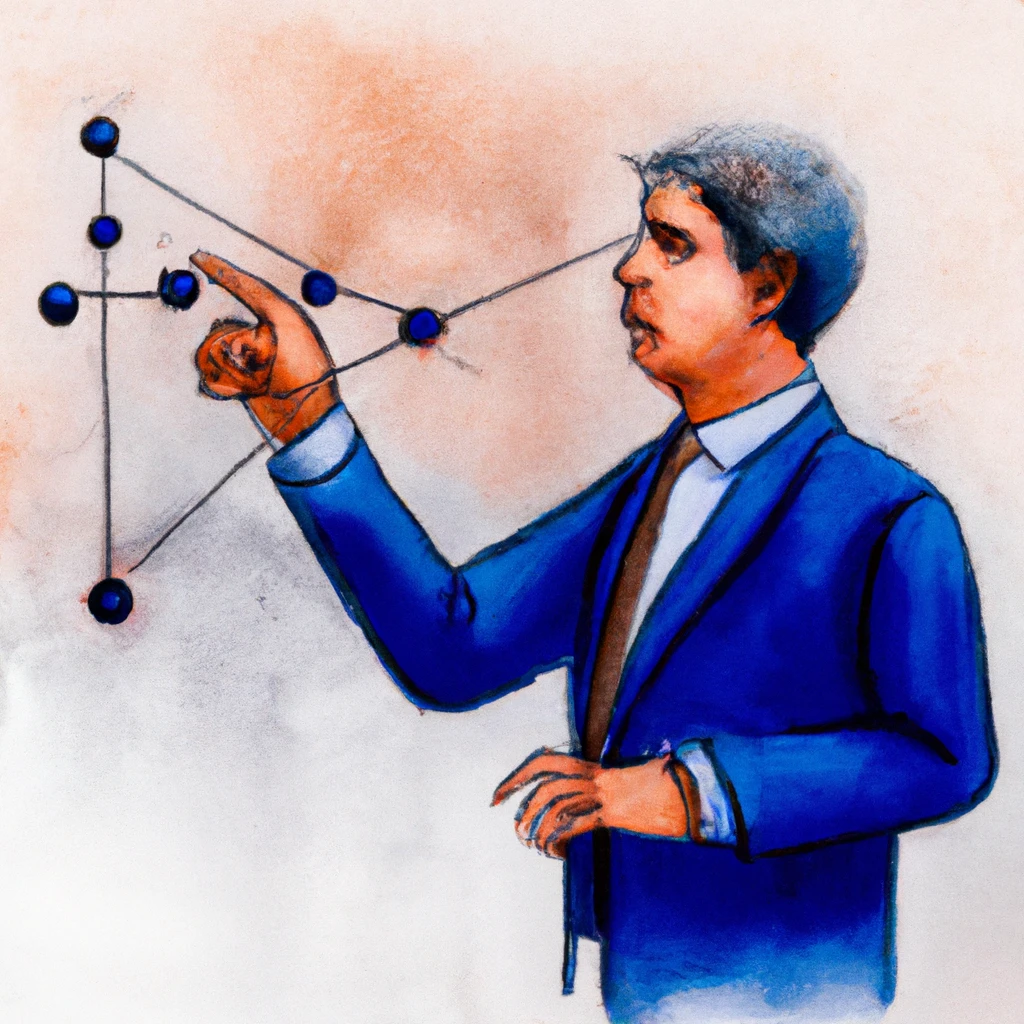Managing is like training a neural network
I don’t get to talk about this often, but before working in product management and design, I studied for a master’s degree in machine learning.
Driven by an interest in pursuing artificial general intelligence, my thesis focused on deep learning. However, life’s path led me away from that field and towards product design. I like to think that because of this background, or my natural disposition, I always see the world through the lens of data.

“Leading a team is like working with neural networks.” I don’t know where I first heard this metaphor, but it resonated with me. To me, this metaphor captures the essence of leading a team, especially one that is either inexperienced or unaccustomed to working together. An untrained team, much like an untrained neural network, cannot be expected to produce exceptional results right out of the gate.
Here I must interject for the super-sensitive reader: the term “training” a team is metaphorical and not to be taken in a literal, authoritarian sense.
In managing such a team, you seem to have two choices:
-
Be super hands-on. Tell the team exactly what you want, show them how to do things, constantly refine processes, and demand that everything be exactly the way you want it. Basically, write an algorithm for how your team should work. All those hundreds of conditions and panic when something crashes.
-
“Show” them multiple inputs (constraints, guidelines, resources) and corresponding outputs (what exactly you expect to happen), let the team work on it, and iterate the process with short feedback cycles. This, by the way, is the true spirit and ethos of Agile. The original one, anyway. Showing and expecting an outcome.
Although the latter method may seem slower and riskier at first. It is not as obvious that it will yield results, but the gamble can pay off. Like training a neural network, it is not always a sure thing. You can still screw it up. However, there are two big advantages:
-
It’s less work for the manager. A lot less work. It may not seem like it at first. It may be more nerve-wracking. But it’s less work up front. You don’t have to write all the processes: the Ifs and Elses of an algorithm.
-
It builds the confidence of the team. The team is doing the work, they are the ones learning and improving their processes. You also have to guide the team a little bit in the beginning, of course, it’s not completely hands off. You have to prepare the training set. Or if you prepare another metaphor, it is a bit like learning to ride a bike for the first time. You start with one direction and two training wheels. Then you gradually take off the training wheels as the team gains confidence and rides off into the sunset.
Managing a team in this way is like training a neural network. It’s an approach not without risk, but one that can lead to robust, self-improving systems. It’s certainly not the only way to build a system, but I think there’s a reason why deep learning has been so hyped lately. Maybe it’s worth a try and give autonomy to your team?